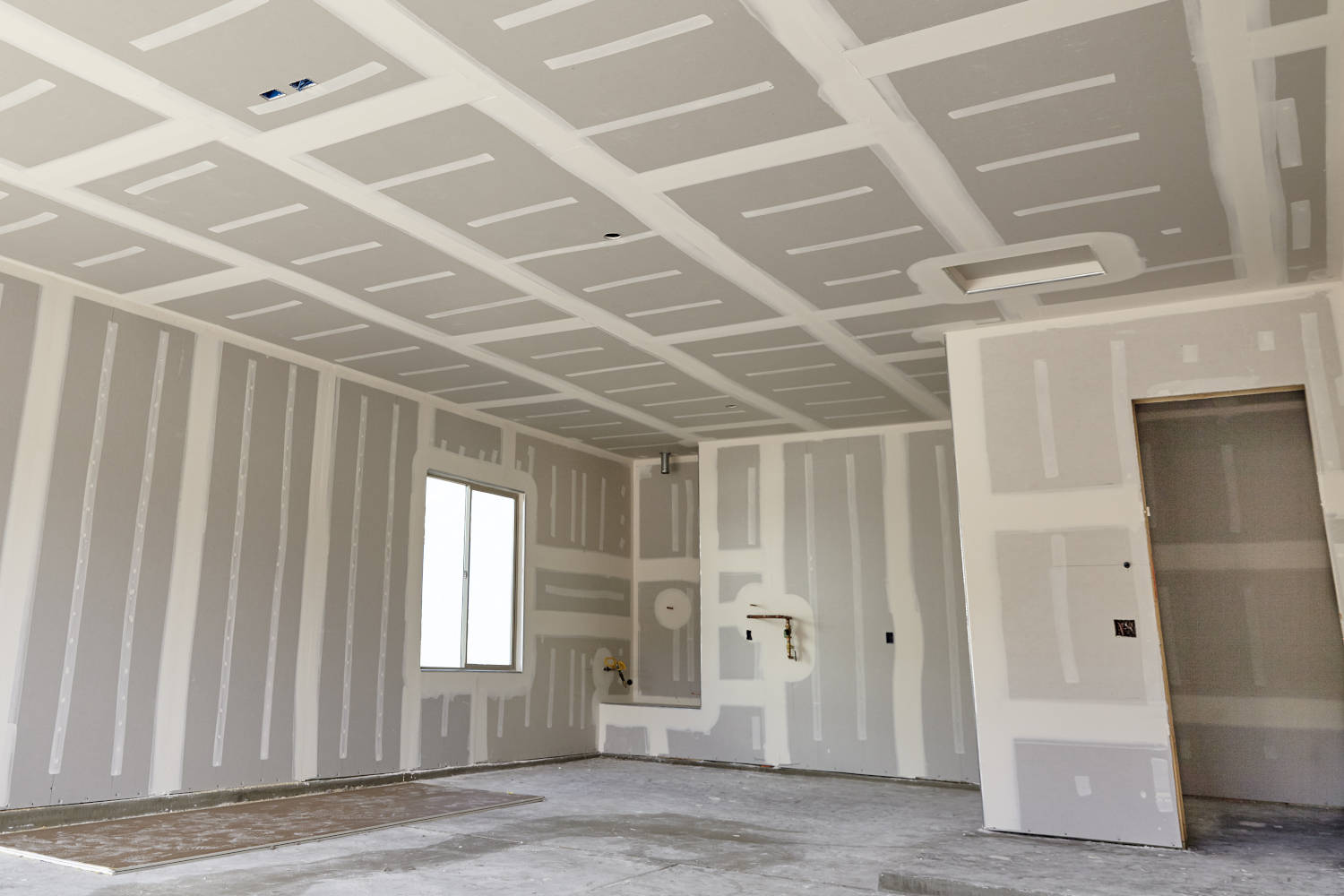Gyprock, also known as drywall or plasterboard, is a widely used building material known for its versatility and ease of installation. However, one question that often arises is whether gyprock is waterproof. In this comprehensive blog post, we will delve into the properties of gyprock, its resistance to water, and explore the various factors that determine its waterproofing capabilities. By the end, you will have a clear understanding of whether gyprock is suitable for wet areas and how to ensure its longevity in such environments.
- Understanding Gyprock Composition:
To comprehend the waterproofing potential of gyprock, it is crucial to understand its composition. Gyprock primarily consists of gypsum plaster sandwiched between two layers of paper. Gypsum, a naturally occurring mineral, is highly absorbent, which raises concerns about its resistance to water. However, the paper layers provide some level of protection, making it imperative to evaluate gyprock's waterproofing abilities holistically. - The Role of Gyprock's Paper Layers:
The paper layers in gyprock serve multiple purposes, including enhancing the material's structural integrity and providing a smooth surface for painting or wallpapering. While the paper does offer some resistance to moisture, it is essential to note that it is not entirely waterproof. Prolonged exposure to water or high humidity levels can compromise the paper's integrity, leading to potential damage to the gyprock. - Waterproofing Treatments for Gyprock:
To enhance gyprock's resistance to water, various waterproofing treatments can be applied. These treatments typically involve sealing the surface with waterproofing compounds or coatings. However, it is crucial to understand that these treatments do not make gyprock completely impervious to water. They provide an additional layer of protection, delaying water penetration and minimizing potential damage. - Gyprock in Wet Areas:
While gyprock is not inherently waterproof, it can still be used in wet areas with proper precautions. In areas such as bathrooms, kitchens, or laundries, where water exposure is expected, it is essential to implement additional waterproofing measures. This may include installing waterproof membranes, using moisture-resistant gyprock, or applying waterproofing compounds to the surface. - Maintenance and Prevention:
To ensure the longevity of gyprock in wet areas, regular maintenance and preventive measures are crucial. Promptly addressing any signs of water damage, such as discoloration, swelling, or mold growth, is essential. Additionally, proper ventilation and moisture control play a significant role in preventing water-related issues and preserving the integrity of the gyprock.
Conclusion:
In conclusion, gyprock is not inherently waterproof, but its resistance to water can be enhanced through various treatments and precautions. Understanding the composition of gyprock, the role of its paper layers, and implementing appropriate waterproofing measures are key to its successful use in wet areas. By considering these factors and ensuring regular maintenance, you can confidently utilize gyprock in areas prone to moisture, while minimizing the risk of water damage and preserving its longevity.
